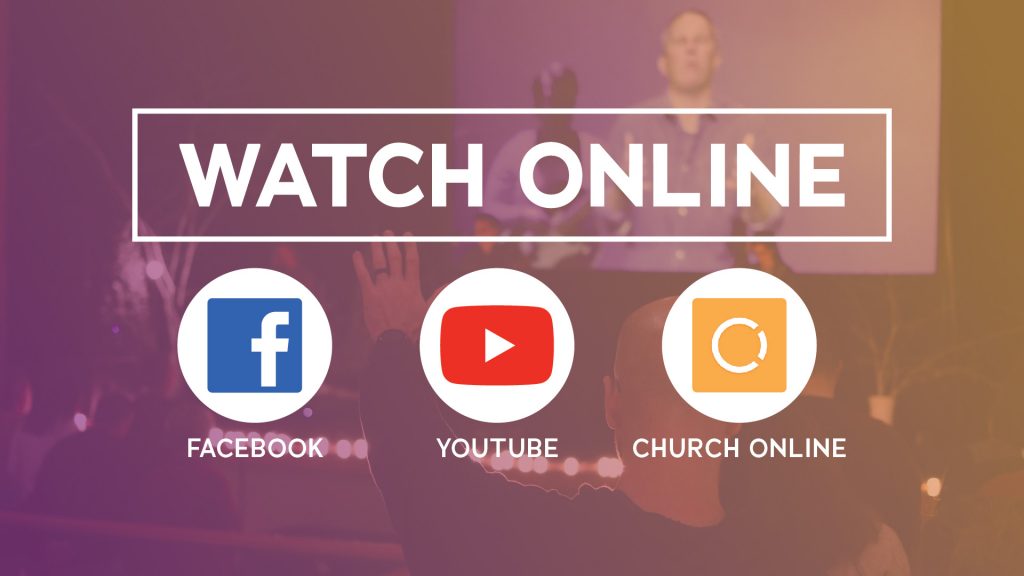Welcome to another week of financial learning. I believe we are all well and staying safe under these “abnormal” COVID-19 times!
COVID-19 like all other pandemics is a widespread disease or tragedy that has a substantial impact on affecting many people, businesses, and nations. Throughout history, there have been several such pandemics, and they still have the likelihood of reappearance in different forms. The pandemic conditions usually draw out anxiety and financial stress impacting relationships, products, and services provisions and creating underlying psychosocial behaviors. That notwithstanding, things will get worse before they get better.
A new normal associated with COVID-19 is the need to innovate. The obvious innovation that this pandemic has brought to our daily way of life is the urgency to offer products and services virtually.
The Cambridge dictionary explains that something virtual can be done or seen using a computer and therefore without going anywhere or talking to anyone. Many companies have had to find ways of continuing their business operation in the light of COVID-19 by resorting to avenues where physical contact with their customers is limited.
COVID-19 has affected Educational Institutions, Professional Learning Bodies, Churches, and other religious bodies, Sporting activities to mention few who hitherto congregated a large number of their members at a particular location. This cannot be the case in the interim as the case counts continue to soar high. I will touch on a few ups and downs in the use of Virtual technologies in this article and offer some key things that we ought to consider now and in the foreseeable future.
We all need to appreciate the fact that, some things may never be the same even when a vaccine is tested and found as a cure for COVID-19. Some of the innovative ways that have cropped up in the light of this disease cannot and should not be swept under the carpet when things normalize. Virtual learning and service offer a greater number of benefits to users than physical contact from a marketing perspective.
Religious perspective
Andrew Conrad in his article titled “Church Management” argued that as generations change and churches look for ways to change with them, the allure of connecting online rather than face-to-face has become too prevalent for church leadership to ignore. He added that “more importantly, churches need a way to include people who are physically unable to attend traditional services due to illness, disability, or distance.”
Churches have had to introduce Facebook Live service streaming, Zoom prayer conferencing, WhatsApp online services, Live traditional TV services to mention few.
The above media serves the peculiar needs of members based on location.
In a medium and low setting environment where data is expensive, a church may want to explore a cheaper medium such as WhatsApp Online Service as against Facebook live streaming. The church can also decide to run two virtual services concurrently to meet different classes of members. For the bigger churches, the more efficient but expensive medium will be the mainstream television and radio stations.
 But then again, the church can be marketing such programs to corporate bodies who might want to run intermittent commercial ads in the course of the church service.
But then again, the church can be marketing such programs to corporate bodies who might want to run intermittent commercial ads in the course of the church service.
A 2016 Pew Research Center survey found that people who report going to church less now than they used to say the logistics of getting there are the biggest deterrent. Religious bodies have to understand times have changed. Time is becoming a limiting factor for this generation and thus, church attendance is likely to drop even after COVID-19.
The many who can’t join our services due to transportation challenges should still feel a part of the church with Virtual services.
In my humble view, Facebook live service streaming should be made a key option for physical gathering going forward. Almost all traditional media powerhouses stream their programs on Facebook for their viewers. This was the norm even before Covid-19.
The church should, therefore, put in place all the necessary logistics to cater to some of these changes which have come to stay.
Conrad adds that today’s online churches treat the Internet as a campus all its own, with interactive chat, dedicated online pastors, and a web ministry ready to serve their cyber-congregation.
I picked up some online viewership statistics that I will want to share with you.
Life Church developed the popular You Version Bible app as well as the Church Online Platform, which was used to stream worship to more than 4.7 million devices in March 2020 has quadruple its typical reach. As of March 21-22, total attendance rose to 7 million.
Bobby Gruenewald, a Pastor and Innovation Leader at Life Church said when they built Church Online 14 years ago, they imagined it would help tech-savvy churches get their messages to a new crowd, allow services to go on in the aftermath of natural disasters like tornadoes and hurricanes, and provide a way for Christians to gather in places where their activities are restricted. Their foresight has become a reality today!
Christ Fellowship Church Online service averages over 53,000 viewers per week, with over 2.4 million viewers year-to-date.
The church streams 5 live services on their website, mobile app, Facebook Live, YouTube Live, Roku, Amazon TV, and Apple TV.
A report by Kate Shellnutt in Christianity Today Magazine revealed more staggering statistics which I will like to share as a form of encouraging us to look at the bigger picture. According to Kate, COVID-19 some weeks ago forced church gatherings online in places like Hong Kong, where Faith Family Church began streaming traditional and kids worship services, and in South Korea, where Sansung Church now draws in 6,000 attendees a week digitally.
She added that in the West, thousands of churches are offering digital services for the first time, while others are expanding existing offerings. One congregation, Casa De Dios in Guatemala, saw attendance reach 141,000 on Sunday.
Megachurches in the US similarly are reporting staggering numbers. Joel Osteen’s Lakewood Church drew in 4.51 million viewers, more than when Kanye West visited last year.
Greg Laurie’s Harvest Fellowship had over 230,000 devices tuned in to its Harvest at Home service on Sunday and celebrated over 1,400 online commitments. After closing its locations in Seattle and Los Angeles, Churchome—led by Judah Smith—saw online church attendance double and a steady increase in accounts on its new app.
Church of the Highlands has weekly online attendance of 40,000, North Point Community Church is 39,000 with 25,000 weekly attendances for Saddleback Church all in the United States of America. Some churches in Ghana even though they had some form of online streaming should up their game beyond Covid-19 in meeting the spiritual needs of its members. I want to see and report similar numbers for churches in Ghana especially in the more advanced cities and towns.
The low point of such online services for some churches is difficulty in generating revenue for the administrative running of the church. This is a big task that church leaders should sit and strategize.
I will not pretend to have all the answers and tricks to maintaining or even increasing revenue for churches through online services. However, branding and marketing are the keys to the sustainability of religious bodies post Covid-19.
Message content is also key as well as payment systems through which members can support the church financially i.e Mobile Money platforms, Mobile Apps, USSD to mention few.
Educational institutions perspective
COVID-19 has not only affected churches and sports but it has had a massive adverse effect on educational institutions from school owners to the students and even janitorial teams attached to these Institutions.
The bodies that were affected by COVID-19 through suspension of its activities was the schools and churches. educational institutions during the lockdown and social gathering ban have resorted to Google Classroom, Zoom Cloud, Microsoft Teams and other Virtual means to connect with their students in the form of lecturing and examination.
One of such Institution is the Chartered Institute of Bankers, Ghana. The Chartered Institute of Bankers, Ghana, which promotes the study of banking and regulates the banking profession’s practice in the country, in the light of COVID-19 restrictions unveiled a suite of virtual programs to continue training banking professionals.
The virtual program was to complete tuition lessons for their students who were preparing for their April Professional Examination sitting. They quickly set up a Google Classroom to have recordings with their facilitators and upload them to the benefit of their students. The Institute also added an interactive session between Students and Facilitators by the aid of Zoom Cloud and Microsoft teams.
Beyond their students, they have also replicated interactive training programs for Universal banks and the general public. Participants of these virtual programs continue to benefit from learning and skill upgrading without physical contact.
Universities like Ashesi, the University of Ghana, and their likes have also introduced some form of virtual learning and examination modes. Distance does not mean every facet of the economy should come to a halt. Schools will need to evolve to survive.
The lower level institutions have suffered the most in these difficult times I must admit. Our Junior High and Senior School students have been at home for close to three months without “proper” learning engagements. Most teachers in private Institutions have not received salaries or allowances with time. We are indeed not in normal times as the realities of life without a savings plan is hitting us to the core.
The government is having to pay public school teachers while at home without any accountable deliverables.
Ghanaian educational institutions should embrace this new normal to reach out to more students virtually beyond COVID-19. Specialized virtual programs should be organized online for students who will not be able to attend classes in person. The business development units should start putting their minds together in the realization of this new way of life.
For students, it is time we prepare ourselves logistically in the alteration of our learning way of life.
Hard copy books for circling and pen writing will be a thing of the past soon as we embrace the way of virtual learning. With time, tertiary institutions will have an online examination as the rule and not the exception. The downside of Virtual learning in Ghana, unfortunately, lies with the network providers who are somehow not reliable with live streaming. This is a major challenge that the Ghana Chamber of Telecommunication should address as we head towards this Virtual age.
Virtual learning offers access to coursework from anywhere at any time, aiding effective time management as well as offering immediate feedback on tests.
Step by step we will get there as a country. I will end with this profound statement by Kate Shellnutt and she says “When God closes a church door, he opens a browser window”. I wish everyone a wonderful and memorable week!









